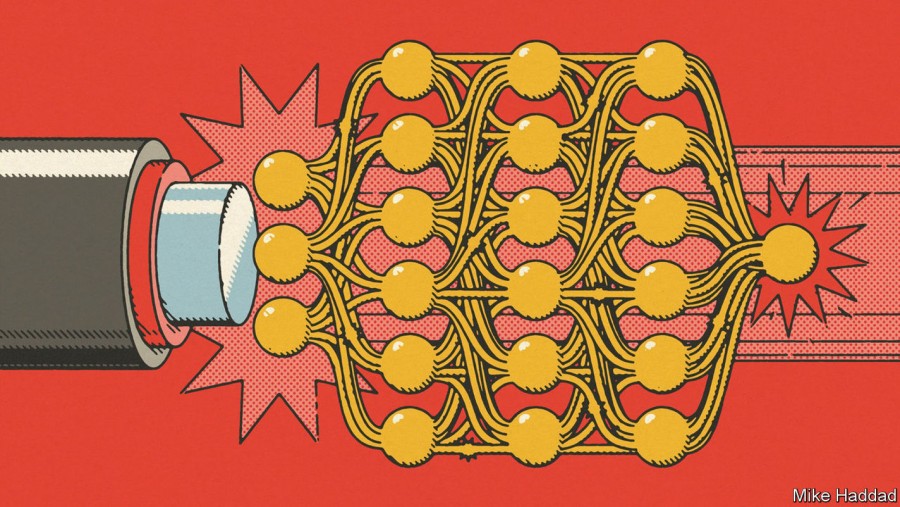Economist: Artificial intelligence and the rise of optical computing
Release Date:2022-12-20
Media News
Photonic data-processing is well-suited to the age of deep learning

Modern information technology (IT) relies on division of labour. Photons carry data around the world and electrons process them. But, before optical fibres, electrons did both—and some people hope to complete the transition by having photons process data as well as carrying them.
Unlike electrons, photons (which are electrically neutral) can cross each others’ paths without interacting, so glass fibres can handle many simultaneous signals in a way that copper wires cannot. An optical computer could likewise do lots of calculations at the same time. Using photons reduces power consumption, too. Electrical resistance generates heat, which wastes energy. The passage of photons through transparent media is resistance-free.
"… as Maurice Steinman, vice-president of engineering at Lightelligence, observes, though the decades’ long rise in the performance of electronics is slowing down, 'we're just at the beginning of generational scaling on optics'."
Read full version in The Economist:






